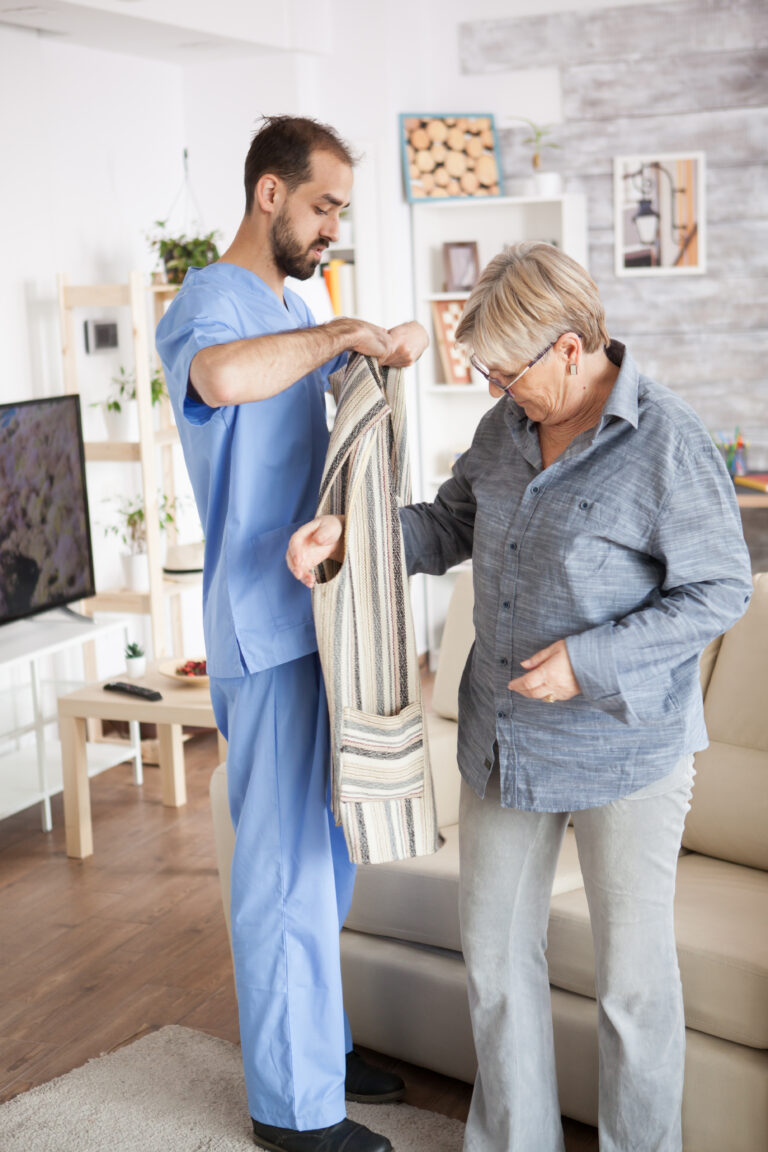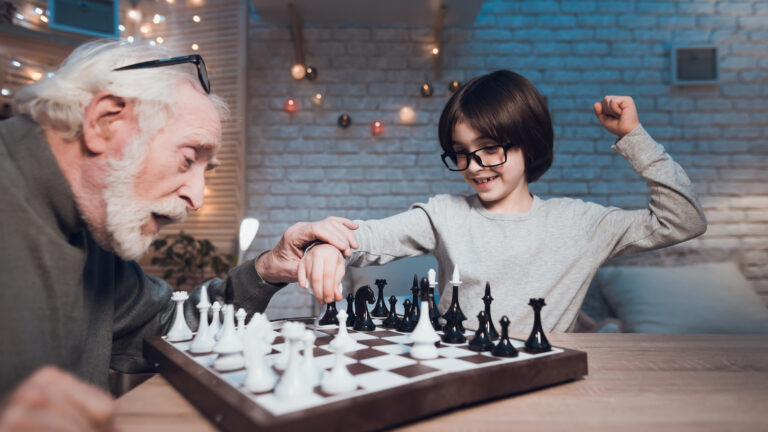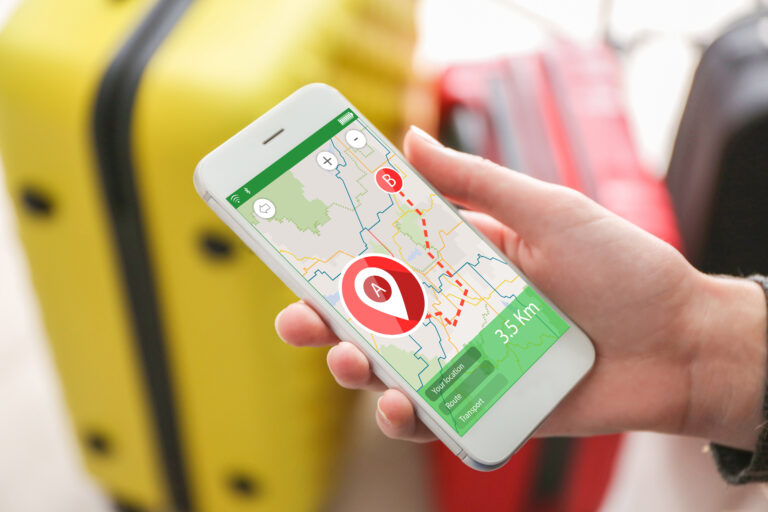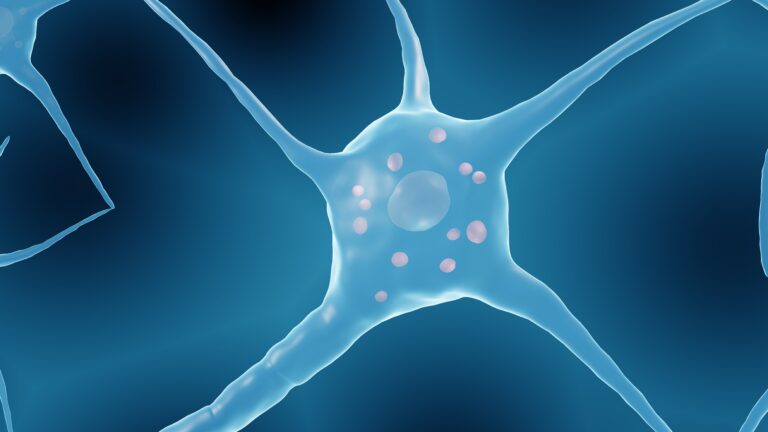Helping a dementia patient recognize their personal belongings is an important part of supporting their independence and sense of identity. Here are some practical tips to help them identify and connect with their belongings:
## Understanding the Challenge
People with dementia often struggle with memory loss and confusion, which can make it difficult for them to recognize their personal belongings. This can lead to frustration and distress, both for the individual and their caregivers. However, by creating a supportive environment and using simple strategies, you can help them feel more connected to their belongings.
## Labeling and Signage
One effective way to help dementia patients recognize their belongings is by using clear labels and signs. For example, you can place photos on cupboards and drawers to show what’s inside. This visual cue can help them remember where things are kept. Additionally, using large, clear labels on personal items like clothing or accessories can make it easier for them to identify them.
## Organizing the Environment
Keeping the living space organized and clutter-free is crucial. This helps reduce confusion and makes it easier for the person to find their belongings. Designate specific places for frequently used items, such as a designated spot for keys or glasses. Consistency in where items are placed can help them develop a routine and improve recognition.
## Assistive Technology
Assistive technology can also play a significant role in helping dementia patients manage their belongings. Devices like reminder systems or apps can provide audio prompts to help them remember where they placed items or when to perform certain tasks. These tools can be tailored to their specific needs and preferences.
## Personalized Approach
It’s essential to tailor your approach to the individual’s preferences and abilities. For instance, if they have a favorite item, such as a piece of jewelry or a book, keep it in a visible and accessible place. This can help them feel more connected to their belongings and maintain a sense of identity.
## Involving the Person
Encourage the person with dementia to participate in organizing and managing their belongings. This can be as simple as asking them to help put away clothes or place items in their designated spots. Involving them in these tasks can help them feel more in control and connected to their belongings.
## Conclusion
Helping a dementia patient recognize their personal belongings requires patience, understanding, and creativity. By using clear labels, organizing their environment, leveraging assistive technology, and involving them in the process, you can support their independence and enhance their quality of life. Remember, every person with dementia is unique, so it’s important to tailor your approach to their individual needs and preferences.





